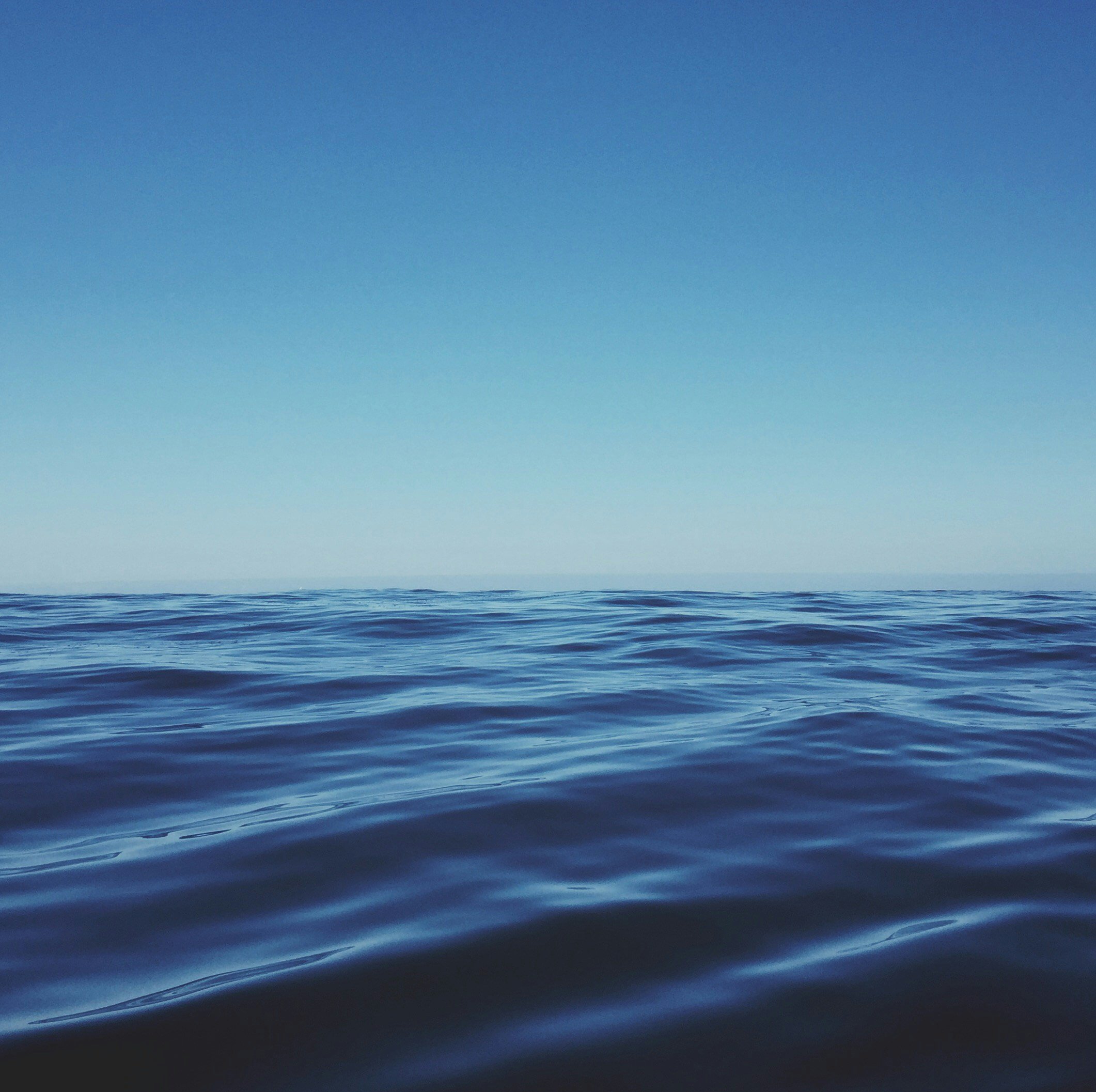
PFAS - Forever Chemicals
More than 500 species of marine life that live on reefs around Australia have declined in the past decade.
Per- and polyfluoroalkyl substances, aka PFAS are a group of over 14,000 synthetic “forever chemicals”.
Discovered in the late 1930s, and manufactured from the 1940s, for use in industrial products and a wide range of household items including clothing, firefighting foams, sunscreen, furniture protectors, food packaging, non-stick cookware and cosmetics. Think waterproof, oil proof, stain proof - meaning human exposure is widespread.
Often termed “forever chemicals” because they don’t break down, and whilst it's well known that PFAS exposure in humans can cause a multitude of health issues including cancer, hormone disruption, reduced immunity and increased cholesterol, the science world is becoming increasingly concerned about the impacts of PFAS to our environment and wildlife.
Each and every day over 3 thousand million litres of semi-treated sewage, microplastics and industrial waste, including PFAS is dumped via outfalls into Australia’s oceans and waterways. We are concerned about the health of our ocean, ocean users and marine life.
The data and research around impacts to our oceans and waterways cannot be ignored:
These forever chemicals in our oceans and waterways originate from human activities - production (industry), utilisation (consumer), and incorrect disposal (incomplete removal from wastewater treatment plants).
Clean Ocean Foundation is playing its part to raise community awareness about this unsustainable practice of using our coastline and waterways as a “virtual toilet”.
We, as guardians of the environment don’t want to be judged by future generations for today’s apathy and inaction.
Our government and water corporations can’t continue to use the ocean as a dumping site because they don't know what to do with these chemicals.
Clean Ocean Foundation’s prime objectives are to protect our ocean ecosystem, raise awareness of sustainable waste water management practices and close Australia’s ocean outfalls.
Additional Resources
Interactive Maps
Additional Material
-
Australian Government: Per- and Polyfluoroalkyl Substances (PFAS) Australian information portal
Australian Government - PFAS National Environmental Management Plan
European Commission: Commission welcomes provisional agreement for more thorough and more cost-effective urban wastewater management
-
News - Domestic
Friends of the Earth Australia - Sydney Water Biosolids, Effluent and PFAS Chemicals
Sydney Morning Herald - Sydney Water threatened with lawsuit over cancer-linked chemicals in drinking water
The Guardian - There’s no need to be worried about forever chemicals in Sydney’s water catchment
ABC News: Scientists invent filter that can recycle PFAS into renewable batteries
The Guardian - ‘Don’t run away’: Labor urged to collaborate with Greens and crossbenchers on environmental reforms
yahoo!life - Laundry is a top source of microplastic pollution – here’s how to clean your clothes more sustainably
ABC News - PFAS 'forever chemicals' are all around us. What does it mean for our health?
The Guardian - Thousands of toxins from food packaging found in humans – research
Surf Coast Times - Toxic sea foam prompts urgent call to action
News - International
National Public Radio - How a California county got PFAS out of its drinking water
The Straits Times - More than 3,600 food-packaging chemicals found in human bodies
The Guardian - Ocean spray emits more PFAS than industrial polluters, study finds
Consumer Notice - Water Contamination - PFAS
-
-
Besides being a conscious consumer - being aware of what products you use in your home and how they can end up in our waterways and wastewater, its the pressure on government and agencies that will enact change.
You can add your support to our campaign to stop PFAS entering in our oceans by:
Signing our petition - making your voice heard and adding to the growing numbers of support.
Giving us insights - we want to know your who, what, why, when’s and how’s about PFAS. Its a bit of a minefield so we want to ensure we are providing the right information to educate and empower our community through our knowledge sharing.
Donate to our cause - we work closely with scientists and researchers, we fund independent reports and all of that is supported by community funding. Any donation is needed and provides a mechanism for community members to proactively contribute to an organisation at the forefront of positive change and protection for our marine environment.
